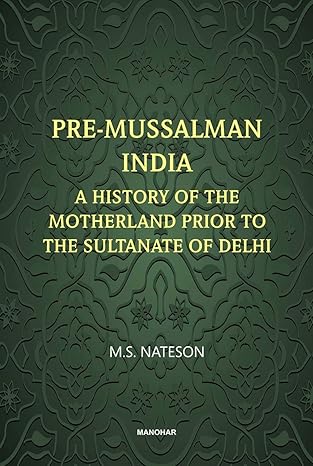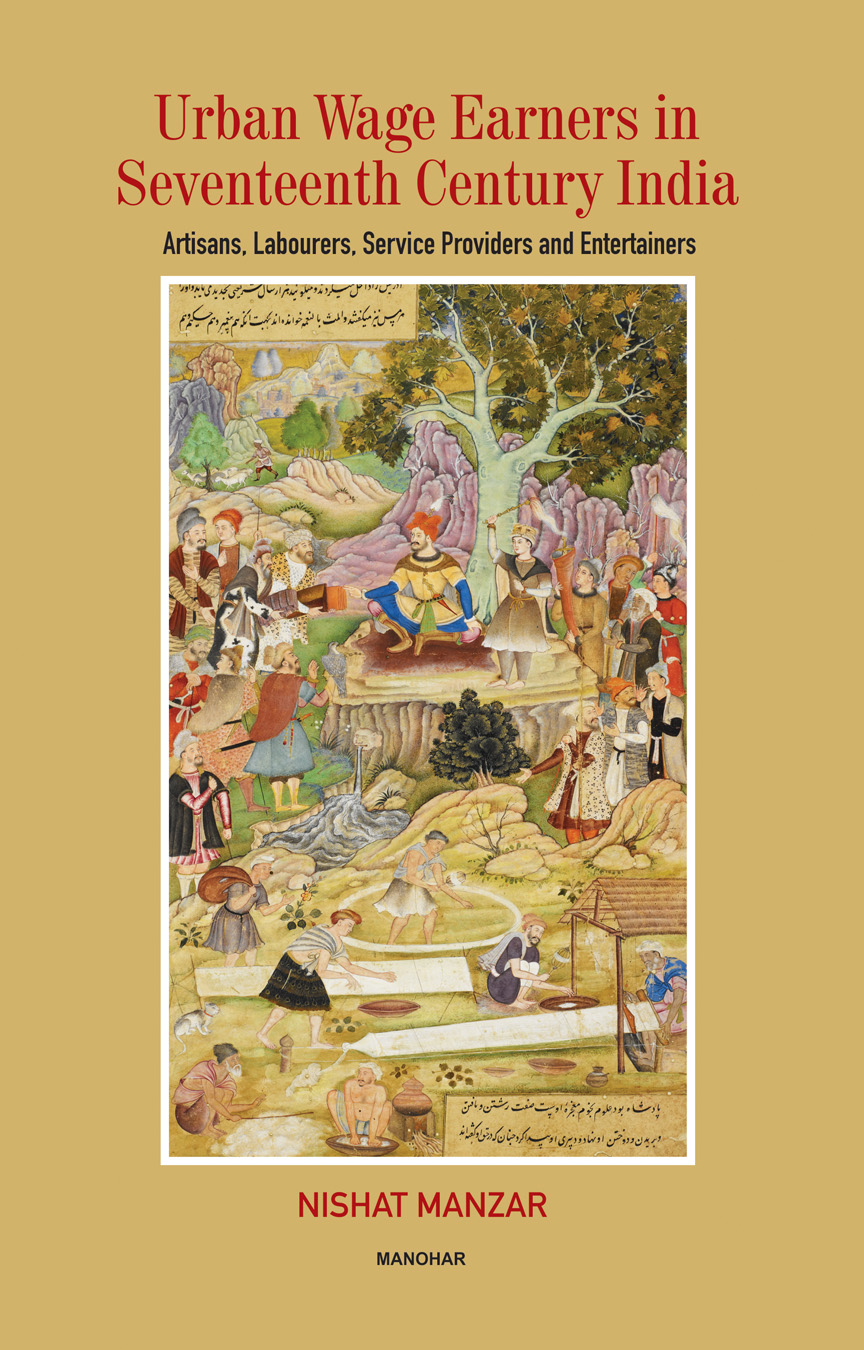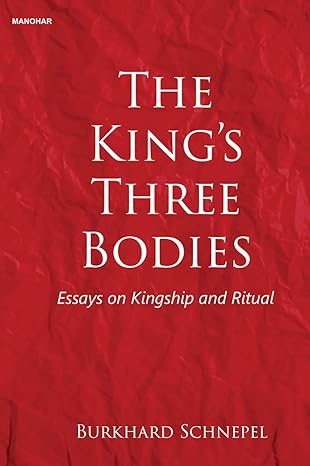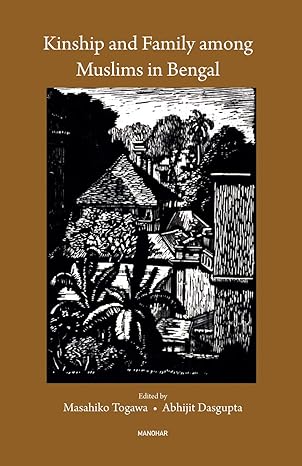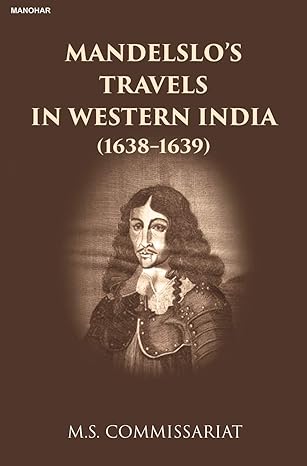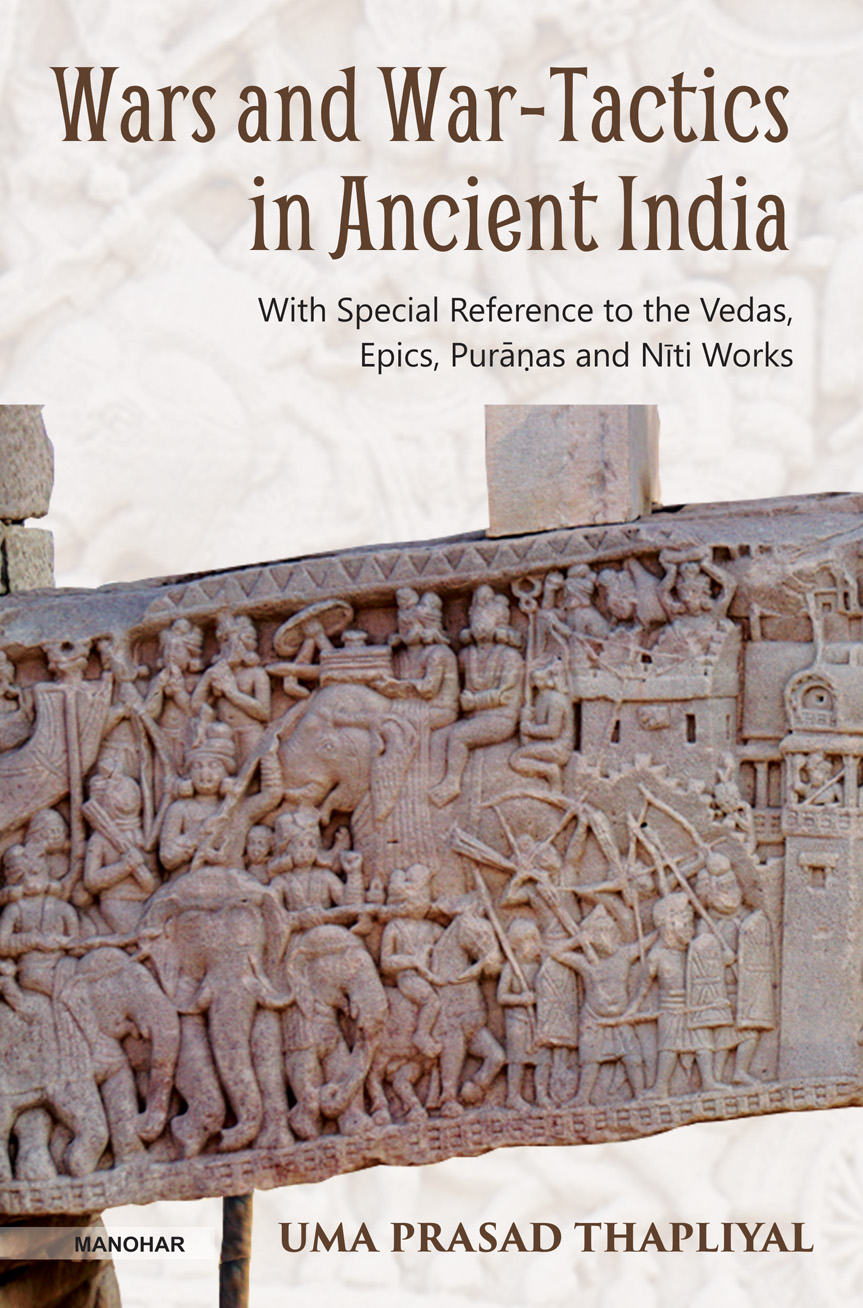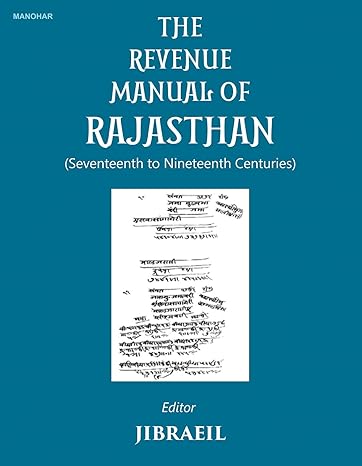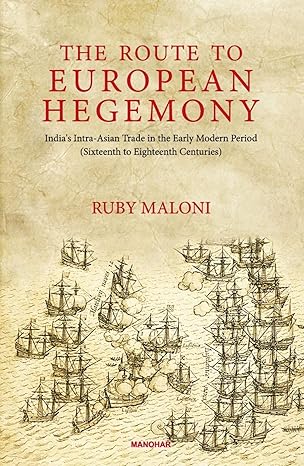History
Featured Products
Pre-Mussalman India: A History of the Motherland and Prior to the Sultanate of Delhi
₹543.75
M.R.P.:₹ 725.00
You Save: ₹181.25 (25.00% OFF)
Urban Wage Earners in Seventeenth Century India: Artisans, Labourers, Service Providers and Entertainers
₹2,137.50
M.R.P.:₹ 2,250.00
You Save: ₹112.50 (5.00% OFF)
The King's Three Bodies: Essays on kingship and Ritual
₹1,305.15
M.R.P.:₹ 1,695.00
You Save: ₹389.85 (23.00% OFF)
Kinship and Family among Muslims in Bengal
₹1,080.00
M.R.P.:₹ 1,350.00
You Save: ₹270.00 (20.00% OFF)
The Upper Cloth Revolt in South Travancore: Theological Interpretation of a Subaltern Movement
₹1,087.50
M.R.P.:₹ 1,450.00
You Save: ₹362.50 (25.00% OFF)
Mandelslo's Travels in Western India ( 1638-1639 )
₹510.00
M.R.P.:₹ 680.00
You Save: ₹170.00 (25.00% OFF)
Life and Letters of Samuel Fisk Green M.D. of Green Hill: An American Medical Missionary in Ceylon during 1847-1873
₹1,165.25
M.R.P.:₹ 1,475.00
You Save: ₹309.75 (21.00% OFF)
Wars and War-Tactics in Ancient India: With Special Reference to the Vedas, Epics, Puranas and Niti Works
₹1,282.50
M.R.P.:₹ 1,350.00
You Save: ₹67.50 (5.00% OFF)
The Revenue Manual of Rajasthan (Seventeenth to Nineteenth Centuries)
₹2,229.15
M.R.P.:₹ 2,895.00
You Save: ₹665.85 (23.00% OFF)
The Route to European Hegemony: India's Intra-Asian Trade in the Early Modern Period( Sixteenth to Eighteenth Centuries)
₹1,501.50
M.R.P.:₹ 1,950.00
You Save: ₹448.50 (23.00% OFF)


